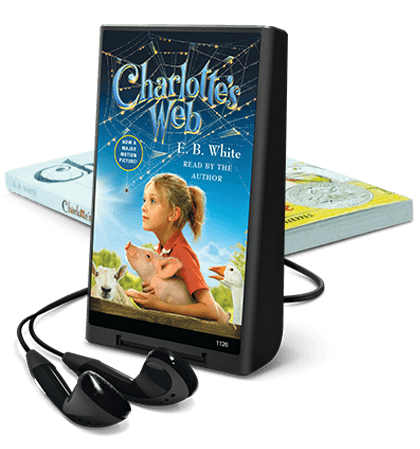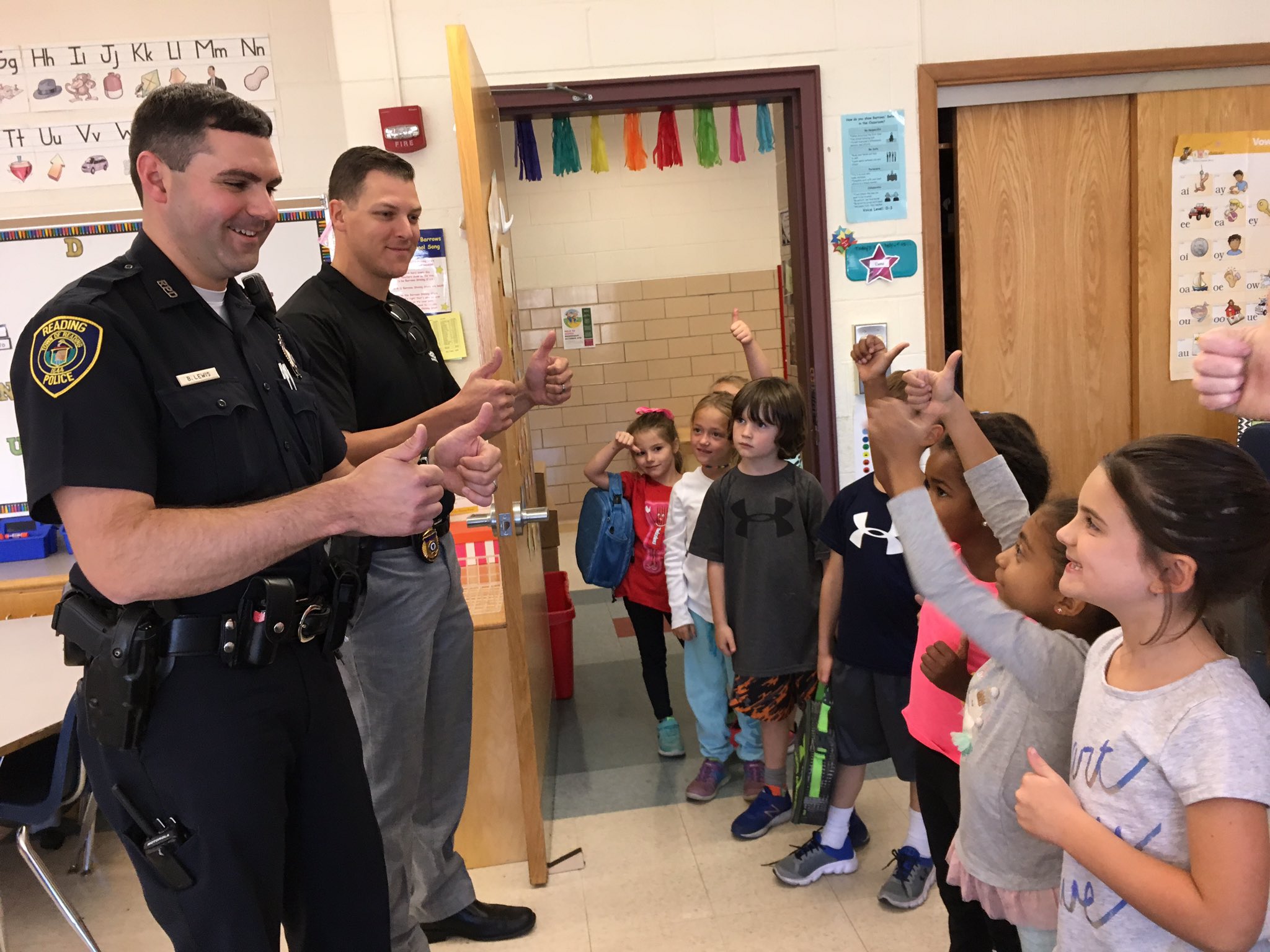It is amazing to see the growth of writers all around
Barrows Elementary. Over the last 2
years our staff has been embracing the Writers Workshop process. I have to say, that I see more students
engaged and enjoying writing with this shift.
This new process does create changes for families, as you may not be
receiving as many 'polished' final drafts as previous years. The Writers Workshop supports the authentic
writing process of sticking with a piece for a longer period of time and
continually adding, editing, and improving it to completion. This is what "real" writers do, and
it encourages that thinking that you're never done and can always enrich and
enhance your written pieces. I found
the information below posted by a NJ school district that thoughtfully captures
an overview of the Writers Workshop model; I thought it was worth sharing with
you all. If you want to learn more I
encourage you to check it out here: Teachers
College Reading and Writing Project: http://readingandwritingproject.org/
Love, Mrs. Leonard
Teachers College Writing Workshop “Lucy Calkins” Guide for Parents
...The Teachers College Writing Workshop model allows
students to have the “last” word; it allows students to take something
pedestrian and make it meaningful. We
believe that our lives are worth writing about, and that our students need to
care about what they write. We believe that writing is a craft; it can be
empowering for students to learn how to become better writers. We believe that writing should happen every
day. Students in each grade write in different genres throughout the year.
Students are not assigned to specific topics, but rather choose their own
topics within the genre being taught.
What does Writing Workshop look like in the classroom?
Writing Workshop begins with a mini-lesson that teaches a
new strategy: Teachers start with, “So far we’ve been……Today I want to teach
you…” or with a small moment that connects to what the teaching point of the
day is. Or the teacher can let students know that she has been thinking about
them as writers and that he/she is going to teach them something that they are
actually ready for: “Watch me as I…”
The teacher may begin with a sample of her own writing or a
sample of someone else’s writing, a
mentor text specific to the unit or genre being studied or with a shared
writing piece that the class is working
on together.
Various charts will be on display in the classroom. These
charts are visual reminders that reinforce writing strategies; they may help
with dialogue, structure, elaboration, or conventions.
Ideas are generated and students practice telling their
story to a partner. Storytelling is a rehearsal for writing; students develop
ideas (time is spent on teaching students how to generate, and choose, a seed
idea. Students may choose a good seed idea by asking themselves the following:
Do I remember it well? Is this a moment that taught me something? Am I
comfortable sharing it?
Revision and development of stories may include;
- · Nurturing and growing the seed idea comes next
through rehearsal: students are encouraged to re-read their entry and think
about the big, important events in this moment, what they were thinking/feeling
at each point, how did they change as the story unfolds. Students then learn to make a writing plan.
- · Students revise, making sure that we show our
emotions and thoughts at the time.
- · Students take small moments and break them into
beginning, middle and end. Develop the tension and the problem. The problem is
not the event.
- · Use illustrations to tell the story - Draw
pictures and label them with words. Adding words helps formulate the
story.
- · Students tell their story to their writing
partner. They show each other their sketches, and they may be prompted to add
more pictures and words. Partners ask questions like, what would they be
saying? What would they be thinking? Students can draw dialogue boxes to
reflect inner thinking; it is often easier to hear voice before writing –
- · The teacher may say, “How can you bring that
feeling out with your words?”
Paper choices vary according to grade level, and there is
paper choice within each grade level. Students may draft with just picture
boxes, or older students may draft on paper with lines skipped so that there is
room to go back and add new ideas and revisions. Students in upper grades are
encouraged to write “long and strong,” or “fast and furious” using thought prompts to push our
thinking (all in all, what I mean is, this is important because…)
They consider how to begin…with dialogue, setting, action,
or inner thought. They usually spend a day writing out the entire story.
Teachers are modeling throughout this process: For example, a teacher may
share, “My story is really about how when you’re a teenager, your parents
become embarrassing. For example…”
A few days of revision then occur. Teachers do not mark-up
students’ papers with edits, but rather facilitate a process where the students
themselves are thinking about what to revise. The teacher may encourage the use
of prompts to push our thinking include: for
example, another example, in addition, in other words, on the other
hand, this is important because, all in
all, what I’m saying is….The goal is to stretch out the heart of the story,
or what the writer believes the story is
really about.
The editing process also includes a focus on grammar,
punctuation, and mechanics. Students may use an editor’s checklist. Students learn that good stories have
dialogue, detail, inner thinking and setting. This is what we are looking for
when we revise. The teacher may demonstrate, and then have the students try it:
“Watch me, now you try it right now in your piece.” The teacher may demonstrate
by showing the students a mentor text of a great writer. The teacher encourages
students to try a similar style in their own writing.
The publishing process (writing celebration) can take place
in many different ways: a museum walk where students walk around and read
others’ writing, student read‐alouds in front of the class, a publishing party
with parents, leaving writing out on students’ desks and having others walk
around the room, read the stories silently, and leave a comment. The students
are taught that their writing is not solely for the teacher anymore; it is to
be celebrated by all!








































